The Western Ghats, also known as the Sahyadri, are a mountain range in western India traversing through the states of Kerala, Tamil Nadu, Karnataka, Goa, Maharashtra and Gujarat. The Western Ghats’ varied rainfall and microclimatic and geomorphological conditions have resulted in diverse forest ecosystems such as dense evergreen rain forests, semi-evergreen forests, elevated forest areas, grassland, dry forests, and tangled shrubs. These forests have a high level of biological diversification.
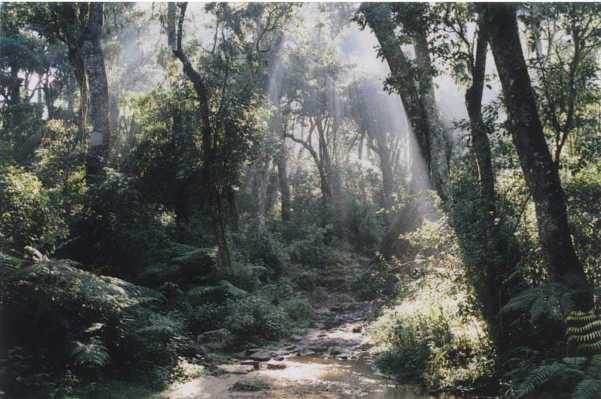
Even a decade after the Gadgil Report, the Western Ghats remain a source of controversy, as evidenced by the recent Supreme Court decision on buffer zones in Kerala. The people of Kerala are appalled by the verdict and have taken matters seriously, protesting against the state and the central governments. This incident has caused friction and instability in the region.
The Western Ghats and Its Contribution to India’s Biodiversity
India’s Western Ghats are rich in biodiversity. The site’s forests are home to at least 325 species of critically endangered flora, fauna, birds, aquatic species, and reptiles. It is one of the world’s eight hotspots for biological diversity. The region receives 350 inches of rain per year on average. The Western Ghats have indeed been designated for UNESCO World Heritage standing.
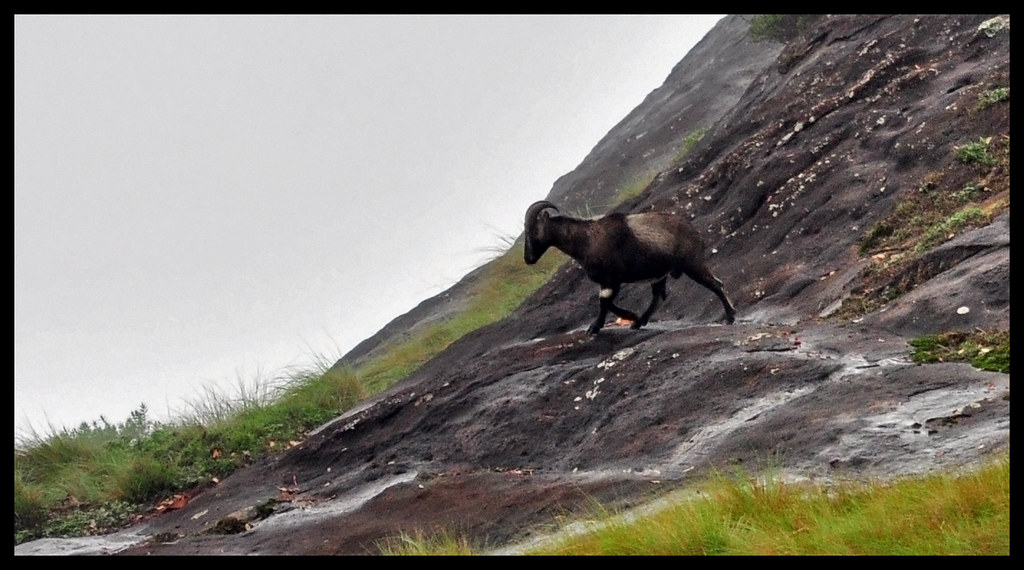
The area is home to a breathtaking grouping of large mammals, including approximately 30% of the Asian elephant population and 17% of the world’s ones left tigers. While tracing history, the British was the first to utilize the Western Ghats, introducing railways and large-scale felling back then, mining was indeed a threat. Illegal logging of iron ore becomes a booming industry when the price of iron surges in international markets.
Furthermore, illegal mining induces pollution, which deteriorates the air and water quality of the region. Mining seems to have an impact on the water table. Another concern is the presence of the sand mafia. Besides that, the monoculture plantation procedure has magnified problems, creating a fuss after the Gadgil report.

Biological Diversity Act of 2002
India officially joined the United Nations Convention on Biological Diversity in 1994. The convention aims to preserve biological resources and sustainably include them. The Biological Diversity Act, 2002 was enacted on February 5, 2003, to lend legitimacy to this convention. The Act’s main aim is to ensure the conservation of biological diversity, the sustainable use of its components, and the balanced use of its resources to prevent excessive usage or the total demise of biodiversity.
The Gadgil Report and Its Aftermath Allegations
Amidst being a critical mountain landscape, the Western Ghats has historically been one of the most confronted environmentally sensitive areas in the country, in all five states. The Gadgil Commission is an environmental research authority named after its director, Madhav Gadgil and is officially known as the Western Ghats Ecology Expert Panel (WGEEP).
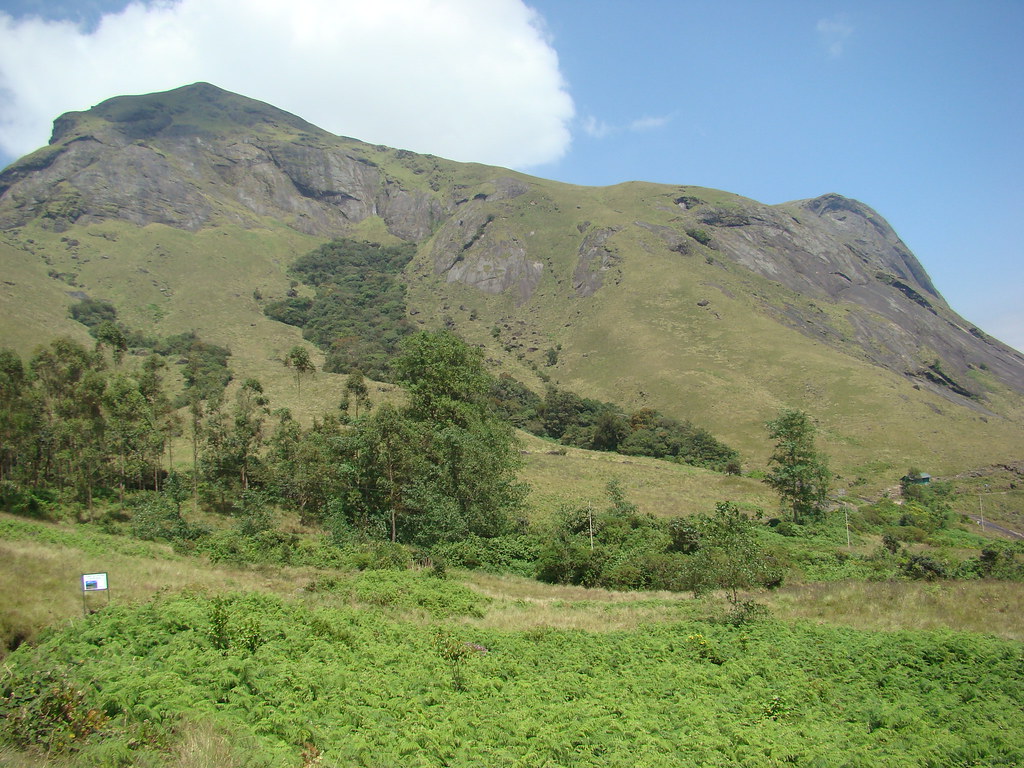
It is the highest peak of the Western Ghats.
The Gadgil Commission submitted the 552-page report to the Ministry of Environment and Forests on August 31, 2011. The report was indeed favourable to the committee by theory and was not applicable practically due to the unsettling debates between the common people and the state governments.
Recommendations of the Gadgil Committee Report
The following are the recommendations given by the Gadgil report to protect Western Ghats from further exploitation.
- According to the report, the entire region was denominated as Ecologically Sensitive Area (ESA) and further classified into Ecologically Sensitive Zones (ESZ) as ESZ-1, ESZ-2, and ESZ-3. The ESZ-1 is the highly prioritized zone. Thermal power plants and mining were restricted in the area, and construction of new dams was also barred since the hydel project sites at Athirappilly in Kerala and Gundia in Karnataka are already in ESZ-1.
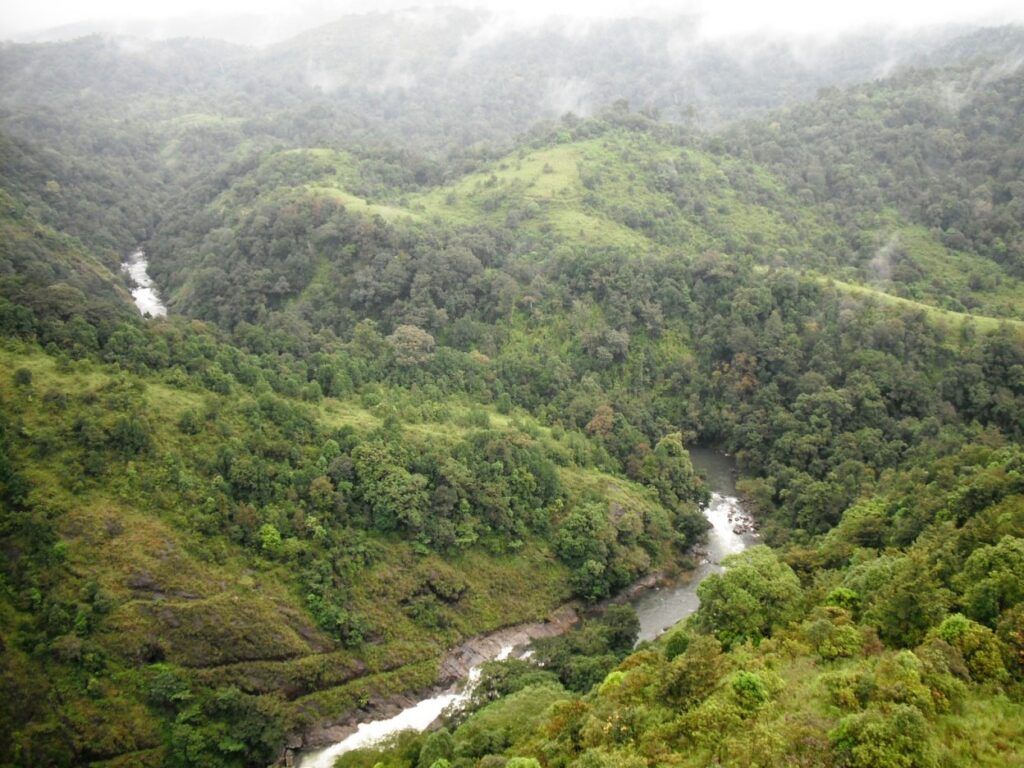
- It has laid a few conditions to eliminate mining, chemical pesticides and plastic bags. Coal and power-based industries come under the red and orange category industries. Furthermore, construction in these industries should be explicitly banned, and the report specifically mentions tourism regulatory oversight.
- The report expressly forbade the cultivation of genetically modified crops throughout the region. There will be no new special economic zones, hill stations, dams, railway lines, or major roads in ESZ-1 & 2. In ESZ -1 and ESZ -2 areas, there is a restraint on transforming public lands to private lands and diverting forest land for non-forest purposes.
The Gadgil report gave no solution for revenue losses due to the imposition of its recommendations. It was also against dams built in the Western Ghats, which is a massive setback for the floundering power sector. Considering India’s growing energy needs, critics contend that executing this recommendation is practically impossible.
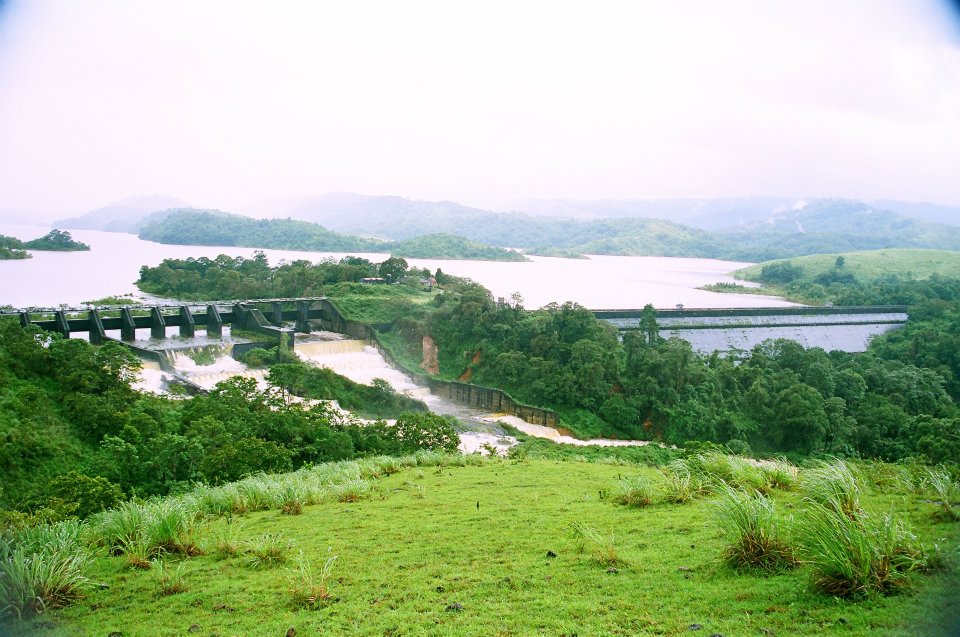
Kasturirangan Committee-An Alternative to the Gadgil Commission?
Most states rejecting the Gadgil report led to the formation of the Kasturirangan Committee to probe the Western Ghats Ecology Expert Panel (WGEEP) report. The committee, officially known as the High-Level Working Group (HLWG), constitutes 12 members under the chairmanship of Dr K Kasturirangan. The panel came up with certain recommendations modified from the Gadgil report.
According to the committee, instead of the entire Western Ghats, only 37% of the total area will be brought under ESA under the HLWG report. In ESA, mining, quarrying, and sand mining are all forbidden. The report distinguishes the Western Ghats into two: cultural (58% of the Western Ghats are occupied by it, such as human settlements, agricultural fields, and plantations) and natural landscape (90% of it should come under ESA, according to the committee). Current mining areas in the ESA should be scrapped within the next five years, or even when mining rental agreements expire, whichever comes first. Thermal power is not authorized, and hydropower projects are permitted only after thorough research.
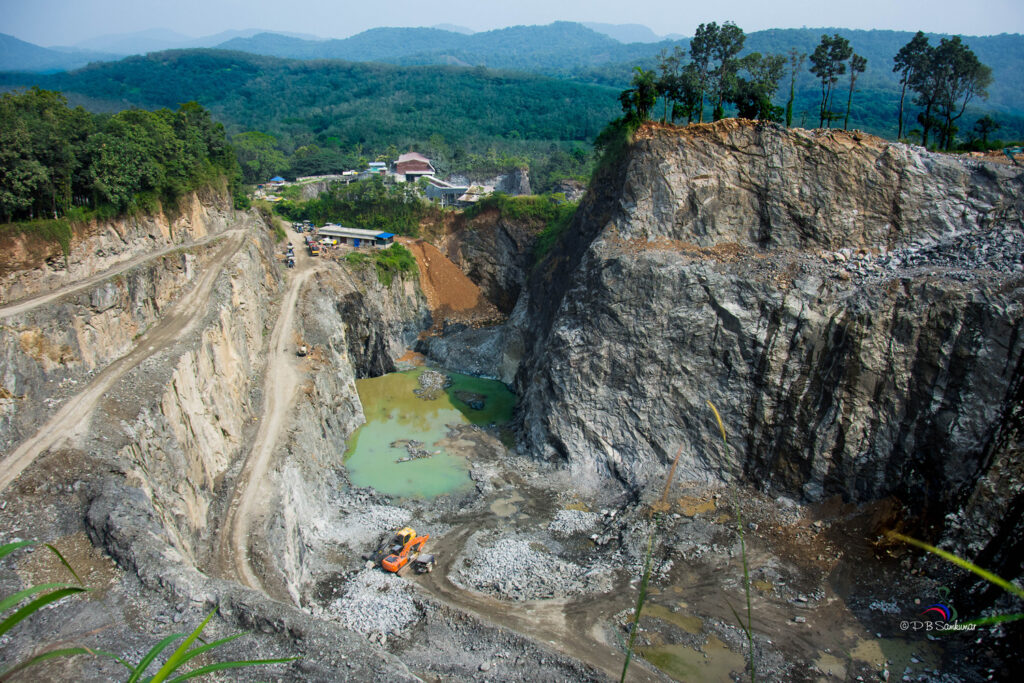
The Kasturirangan committee report, like the Gadgil report, received backlash. Moreover, some experts disagree on whether cardamom cultivation is environmentally friendly. There is a limited focus on inclusive growth among traditional inhabitants and Scheduled Tribe communities that may affect their livelihood unless recommendations are implemented. There were protests by local level interested parties from various states against the report’s recommendations.
Supreme Court’s Verdict on the Buffer Zone
The reports often turn into a topic of debate and discussion when there is an issue in the region, and the 2018 floods in Kerala were one of the state’s disastrous calamities. Even after a decade, the reports still remain unimplemented due to protests and roadblocks in the implementation process.
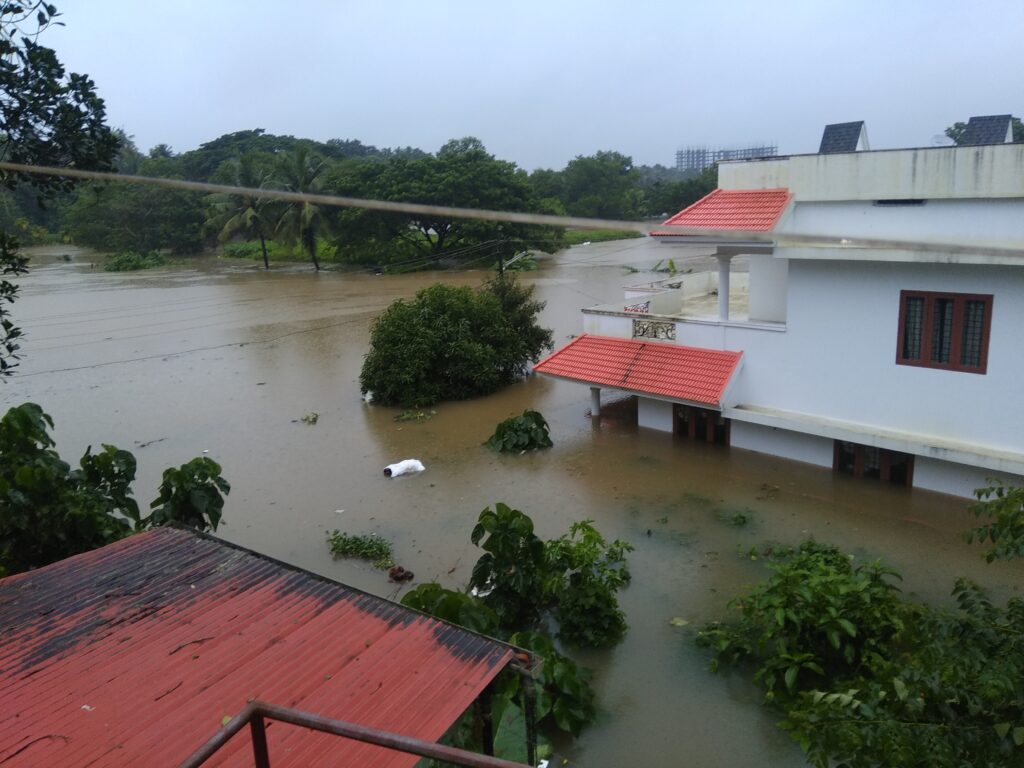
In Kerala’s mountainous areas, there have been growing objections and protests to the Supreme Court’s June 3 order to maintain a one-kilometre Eco-Sensitive Zone (ESZ) inside the borders of all animal sanctuaries, protected forest lands, and national parks. The verdict referred to the buffer zone guidelines issued by the Indian Government’s Ministry of Environment, Forest, and Climate Change (MoEF & CC) in 2011.
People’s Protests Against the Verdict
Right after the Supreme Court verdict, people started protesting against it. According to the chairman of Kerala Independent Farmers Association (KIFA), Alex Ozhukayil, the verdict will affect almost 20 towns and one lakh families in Kerala. He also said that Kerala’s wildlife sanctuaries totalled eight lakh acres. Around 4 lakh acres of human habitation, comprising farmlands, would come within that jurisdiction if one kilometre of the ESZ were ever to be drawn from their limits. This would be a matter of lakhs of people’s essential survival.
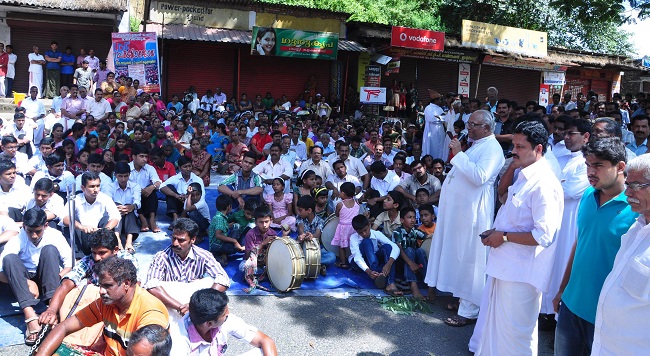
The people of Kerala, especially those who have long lived or worked close to forested areas, would experience significant troubles if an ESZ of one kilometre were enforced around each protected forest. Politicians and citizens are demanding the withdrawal of human settlements from the buffer zones due to a high number situated adjacent to forest lands. The Government of Kerala has welcomed the decision but has laid certain conditions to protect human settlements.
The state administration received severe criticisms for backing the judgement by the opposition party UDF. Although there were strident disagreements between the parties UDF and LDF, nobody seemed to recognize the gravity of the situation, and several parties are now supporting the protest.
Conclusion
Despite the region’s high literacy rate, only a few understand the area’s ecological significance. This indicates that people are more concerned with maintaining their current living standard than accepting necessary changes for their long-term well-being.
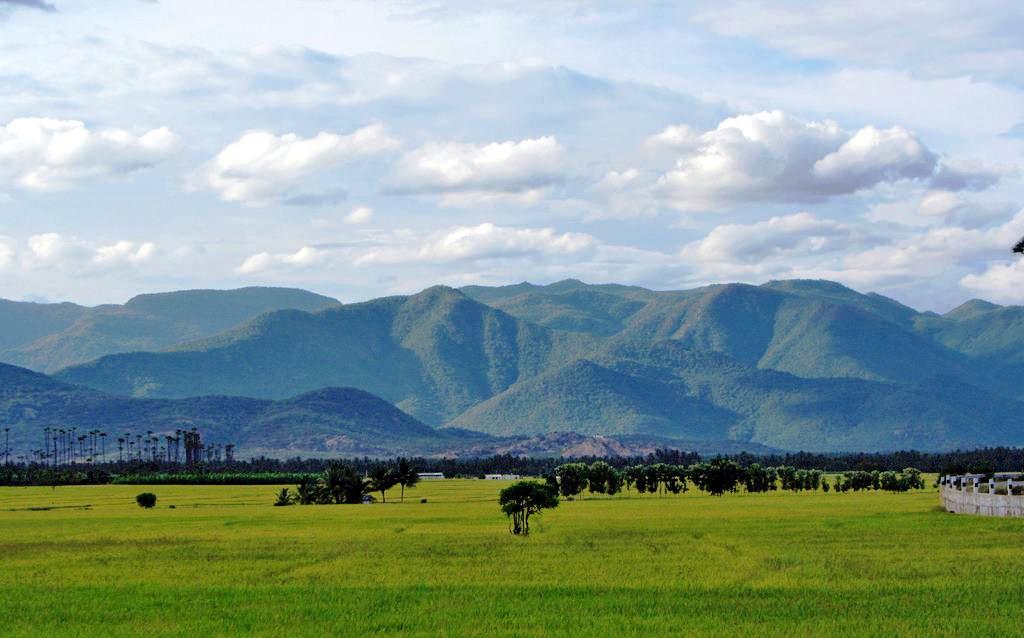
View from Gobichettipalayam in Tamil Nadu
However, this is a two-sided situation. People should be aware of the need to protect the Western Ghats and think practically about how the region’s survival will depend on the decisions taken now. On the other hand, the governments should support these regions’ inhabitants by providing them with alternative means of living. Thus on balance, the central and state governments and the common people should go hand in hand to ensure the survival of the Western Ghats.
You may also like to read:
About the Author

In addition to international news, cupcakes, and coffee lift Shamini’s spirits. She holds a master’s degree in international relations from Women’s Christian College, Chennai, and she has a knack for understanding what is going on in the overseas market and never fails to stay up to date on current events. Her primary research area is the Indo-Pacific region, but she also studies maritime security challenges in the Indian Ocean, Middle Eastern culture, global governance, and foreign relations. Shamini is a driven professional who chose ‘The International Prism’ as a career launching pad.

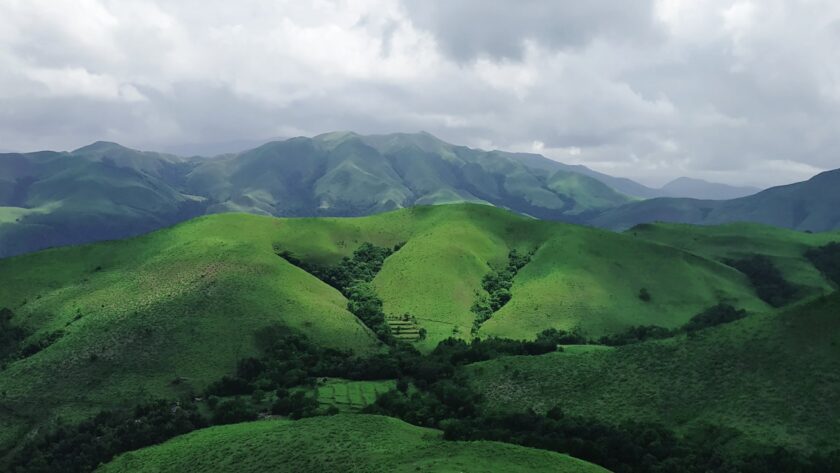





[…] The Growing Tension in the Western Ghats […]